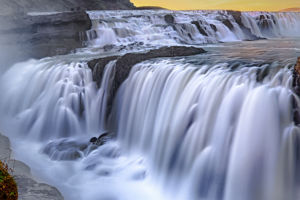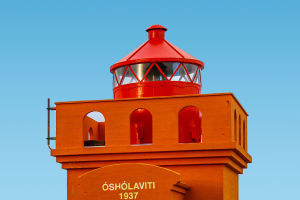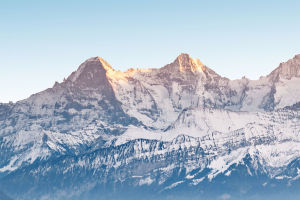Manaus is a world-famous tourist city and one of Brazil's four major tourist destinations.
Its main attractions include the customs building, Manaus Opera House, and Indigenous Museum. The world heritage site, Yawu National Park, is located in the north of the city. The most mysterious area is the Amazon rainforest centered on Manaus, which is known as a "must-visit" place in life.
Yawu National Park, protects representative typical species in the Amazon forest and basin of the Jau river. It not only maintains the hydrological conditions of the Jau River but also protects various organisms closely related to the blackwater environment.
The park has a wide coverage area, and natural phenomena such as hurricanes, river watercourse changes due to floods, spontaneous combustion, etc., occur frequently, providing unique opportunities for studying the impact of these natural phenomena on the biodiversity of the region.
The forests in the park connect with those in the vast central plain of the Amazon, surrounded by the lower Black River, forming a unique landscape. The lush tropical rainforest growing mainly on land is a representative landscape in the park, where the forests are generally layered, and about 180 plant species grow on each 0.01 square km of land.
The animal population in the park is very diverse, and many species are closely related to the blackwater ecological system. There are also many protected species unique to the park. More than half of the fish in the blackwater basin and birds in the Central Amazon river region have important reference and research value for studying the animal population of the Amazon river.
In history, the Yawu National Park, was home to human settlements in the Amazon River Basin. Archaeologists have found more than ten ruins at the entrance of the Black River, indicating that this may be the passage connecting Solimões and the Blackwater region.
Local residents live a simple rural life, some of whom are descendants of Portuguese people, and some are indigenous people. Most of the residents were born and raised here, inheriting traditional ways of life passed down through generations.
There are no roads to travel in the park. The closest road is near Manaus, about 100 kilometers from the park. The Black River is the only way to enter the Yawu National Park. Currently, there is no dedicated travel agency established in the park. Therefore, it is common for tourists to rent boats to enter the park and play.
It takes about 18 hours to travel from Manaus to the entrance of the park. Of course, if you use a high-speed yacht, the speed will be more than twice as fast. There is a police car at the entrance of the park, guarded by security personnel.
To provide the greatest convenience for out-of-town visitors and researchers who come to visit, there are special basic accommodation facilities here. In 1998, more than 850 people visited the park, most of whom were foreigners. The preferred attractions in the park are the Carabinani waterfall and the vast Black River beach.
To protect the environment and historical heritage of the Yawu National Park, strict management regulations are in place. Tourists need to comply with these regulations and minimize their impact on the environment.
After arriving at the park, tourists can participate in natural education activities organized by park staff to further understand the history and environment of the park.
Yawu National Park, is Brazil's largest protected area. The unique geographical location and peculiar landscapes in the park are attracting more and more people for sightseeing and tourism.


